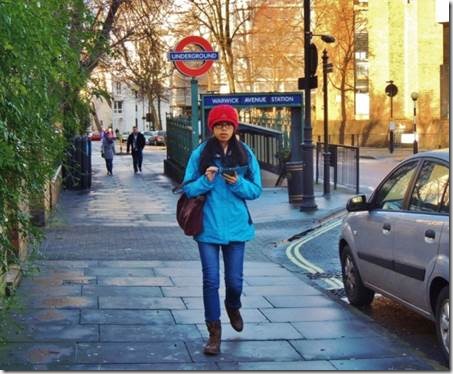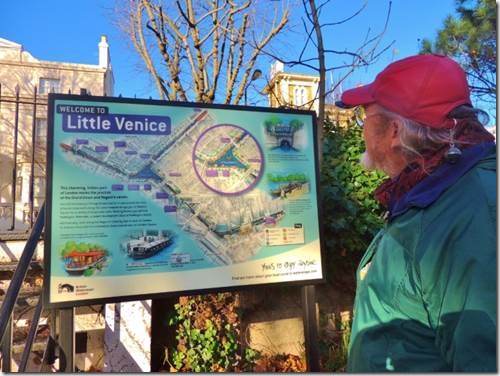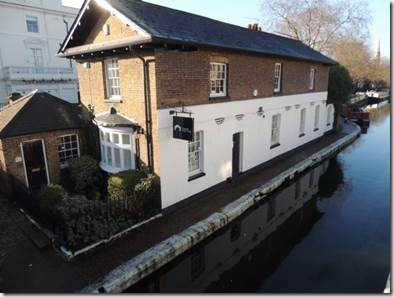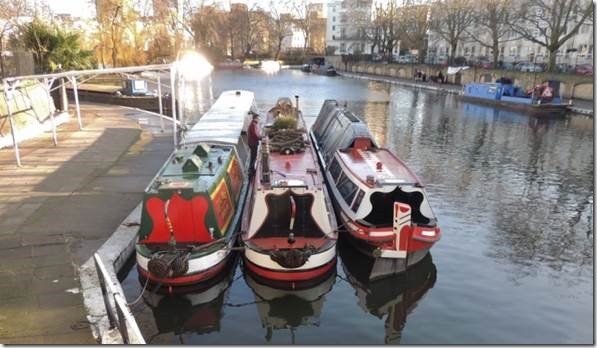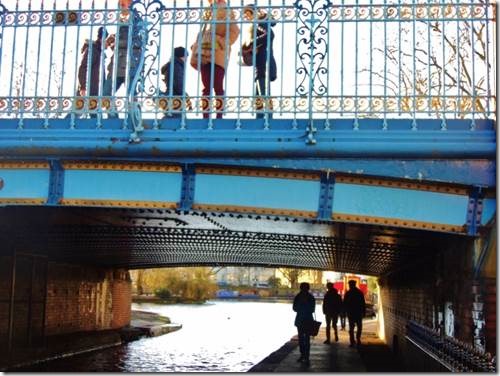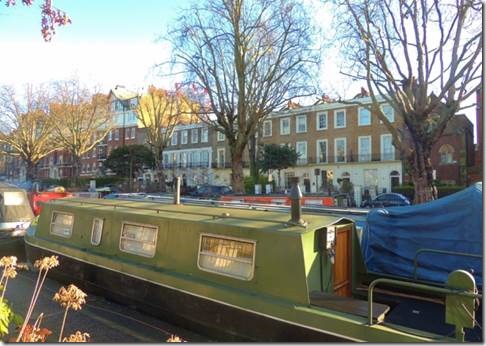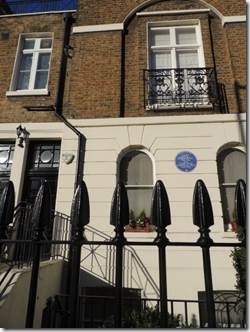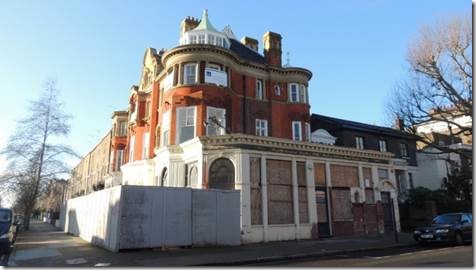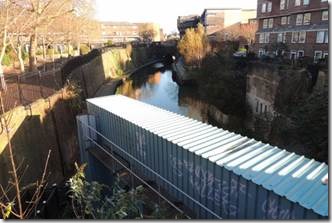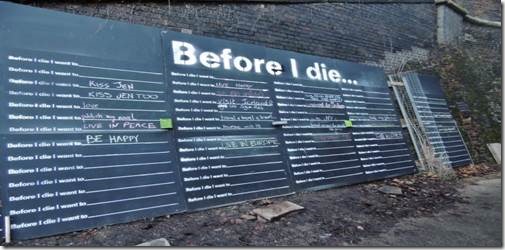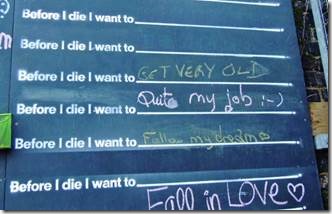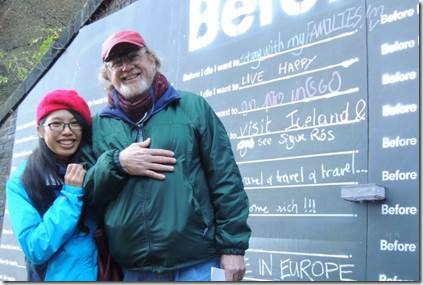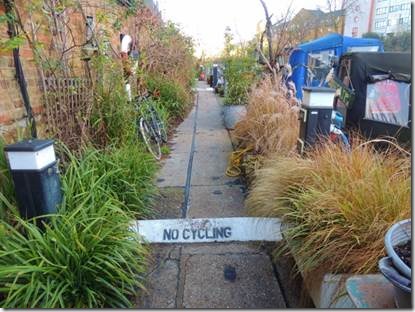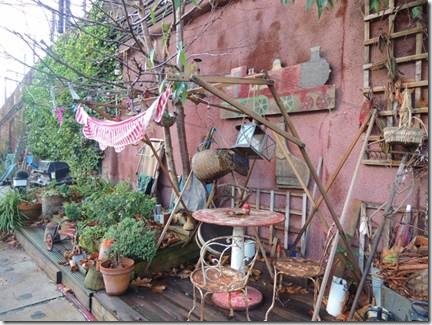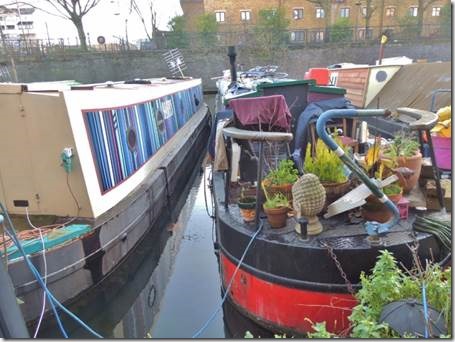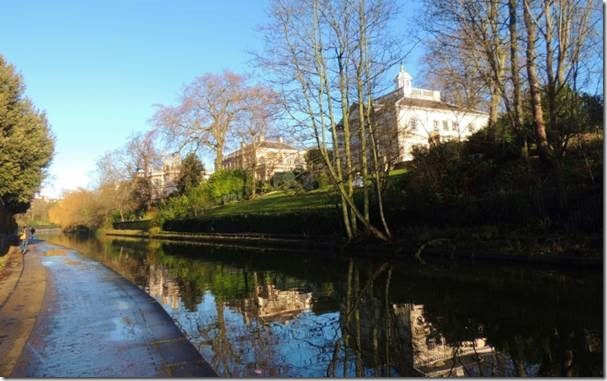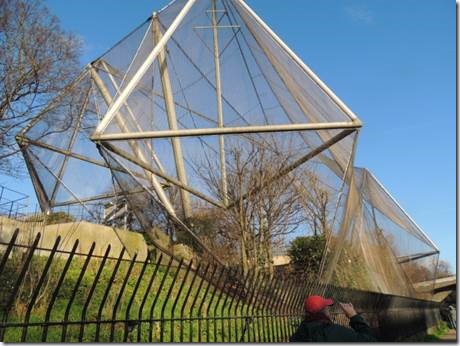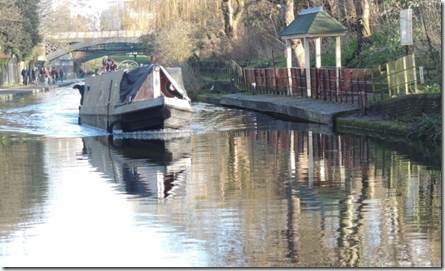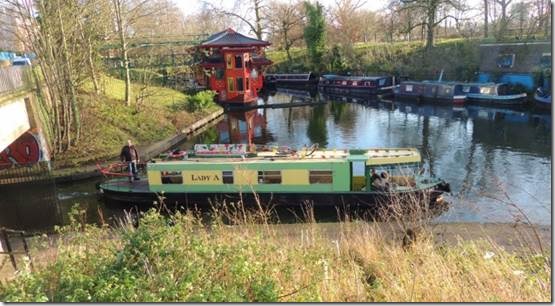Cheers,
I’m trying to catch up on all our past adventures….before I forget most of their best stories. While Singkey was here I decided we all had to hike the Canal Path….and still make it to Evensong at St Paul’s Cathedral to hear a visiting choir from Canada. Not the best plan, but it almost worked. The numbered info comes from the Canal River Trust website.
Ru
Little Venice Canal Walk : London/Camden
http://www.canalmuseum.org.uk/history/regents.htm tells the history of British and London Canals.
Little Venice to Camden Circular Walk
http://canalrivertrust.org.uk/
This walk starts and finishes at the picturesque Little Venice and takes you through the beautiful green corridor of The Regent’s Canal, Primrose Hill and St John’s Wood. An area rich in history, this corner of London has played a significant part in the capital’s development both economically and culturally. Boasting former residents of writers, artists and inventors this area has always been somewhat avant-garde and is now home to some of London’s most desirable addresses……..
|
Warwick Avenue Tube station was our starting point. 1. Pool of Little Venice Take the left exit out of Warwick Avenue tube, walk straight ahead and take the first road on the right, Warwick Place. At the end of the road, turn left and walk over Westbourne Terrace Road Bridge. On the right hand side of the bridge is the Old Toll House which dates from 1812. On the left is the Pool of Little Venice, so named by the poet Robert Browning, who lived overlooking the canal. You are here…. Old Toll House? |
|
Pool of Little Venice This area was called “Little Venice” for a reason. But “Little Amsterdam” might have been just as apporpriate. Maybe more so for me as I’ve been to Amsterdam but not YET to Venice. |
|
One barge was set up as a puppet theater. http://www.puppetbarge.com/Temporrarynotice.htm Wish my pal Martha were here so I might actually go to this puppet show. But as it’s a schlep from Tower Hill, it’s a long shot that I’ll actually return though their puppets, shown on the website, look pretty remarkable. |
|
Over/under. We did both on our walk |
|
2. Edgware Road On the bridge, turn left towards the slope. Here you will find a footbridge back over the canal. Cross the footbridge onto the towpath opposite the Waterside Café, sign-posted to Camden and Regent’s Park. Following the towpath under Warwick Avenue Bridge, you will reach the pretty residential moorings of Blomfield Road, one of the most prestigious canal mooring sites in London. Turn off the towpath onto Blomfield Road for a hundred metres. At the end of Blomfield Road the canal disappears into the Maida Hill Tunnel. Cross over Edgware Road into Aberdeen Place. |
|
Home of Guy Penrose Gibson WW 2 RAF hero “Gibson flew only the Dambusters raid with 617 Squadron despite them flying more precision bombing missions after. The success of the Dambusters eclipsed Gibson’s previous outstanding record and gave him a place in history. He was awarded the Victoria Cross; the highest and most prestigious award for gallantry in the face of the enemy that can be awarded to British and Commonwealth forces. He was now the most highly decorated pilot in the RAF and a national hero……” http://www.thedambusters.org.uk/gibson.html http://www.bbc.co.uk/news/magazine-22510300 tells the story of the Dambusters raid to bomb dams in the German industrial heartland. |
|
3. Lisson Grove Continue until you reach the Crocker’s Folly public house on your left. Once a large hostelry, The Crockers was built in anticipation of a new railway terminal, which was eventually built further South at Marylebone. Continue straight ahead and along the pathway sign-posted Regent’s Canal. Walk down the steep flight of steps and back onto the canal towpath. You have now reached Lisson Grove. http://www.heritagepubs.org.uk/ shows the pubs interior and tells its history |
|
http://beforeidie.cc/site/day-of-walls/ Who knew? What is it? Before I Die is an interactive public art project that invites people to share their personal aspirations in public space. The original wall was created by artist Candy Chang. Read more here. Since then, over 400 Before I Die walls have been created in over 60 countries and over 25 languages. Wall along the Canal My response : Get Very Old! Singkey wants to be with her mom and with Randal and me. Randal’s goal was to “go home.” |
|
Less “posh” than the Venice Pool address |
|
This reminds me of a seaside cottage patio during the off-season. |
|
Life on a canal boat… “Britain boasts thousands of miles of canals, most dug in the late 1700s to serve the factories of the Industrial Revolution, says Oliver Briscoe of Britain’s National Waterways Museum. Trains and trucks have put the canals out of the freight business, but in the last few decades "there has definitely been an upsurge" in people living on canal boats, especially in London, Briscoe says. "It’s a very British thing." Boaters pay a license fee that’s the same no matter where they’re moored, allowing them to escape London’s high housing prices. The annual fee depends on the size of the boat, but the typical "narrow boat" used as a canal residence would cost roughly $1,500 a year. To fit inside the smallest locks, most of the boats are less than 70 feet long and seven feet wide, hence the name "narrow boats." They usually have several small rooms inside, and possessions — bicycles, flower pots, wooden platforms — are lashed to the roof. Some are painted with the traditional roses that have been an adornment for canal boats for more than a century. Many London boaters are "continuous cruisers" who find a new place to drop anchor every few weeks rather than staying in the same place month in and month out. |
|
Very posh! 4. Regent’s Park ( Originally architect John Nash intended to have the Regent’s Canal running through the middle of the park, but he was persuaded that the bad language of the navvies would offend the refined residents of the area so he altered his plans. Nash had plans to build 56 villas in Regent’s Park, however only eight were completed. The beautiful white villas on the right were built to Nash’s original designs during the late 1980s and early 1990s and drew inspiration from the architecture of ancient Greece, Rome and the Renaissance period. |
|
London Zoo Aviary “The aviary has been a landmark on the London skyline since it was built in 1962. Designed by and named after Lord Snowdon, it was the first walk-through aviary in existence – pushing the architectural boundaries of it’s time. “ http://m.zsl.org/lz-animals-snowdon-aviary |
|
Canal just near Camden Town |
|
This red floating Chinese Restaurant looked a bit too touristy and the artsyness of Camden Town sounded more appealing. |

